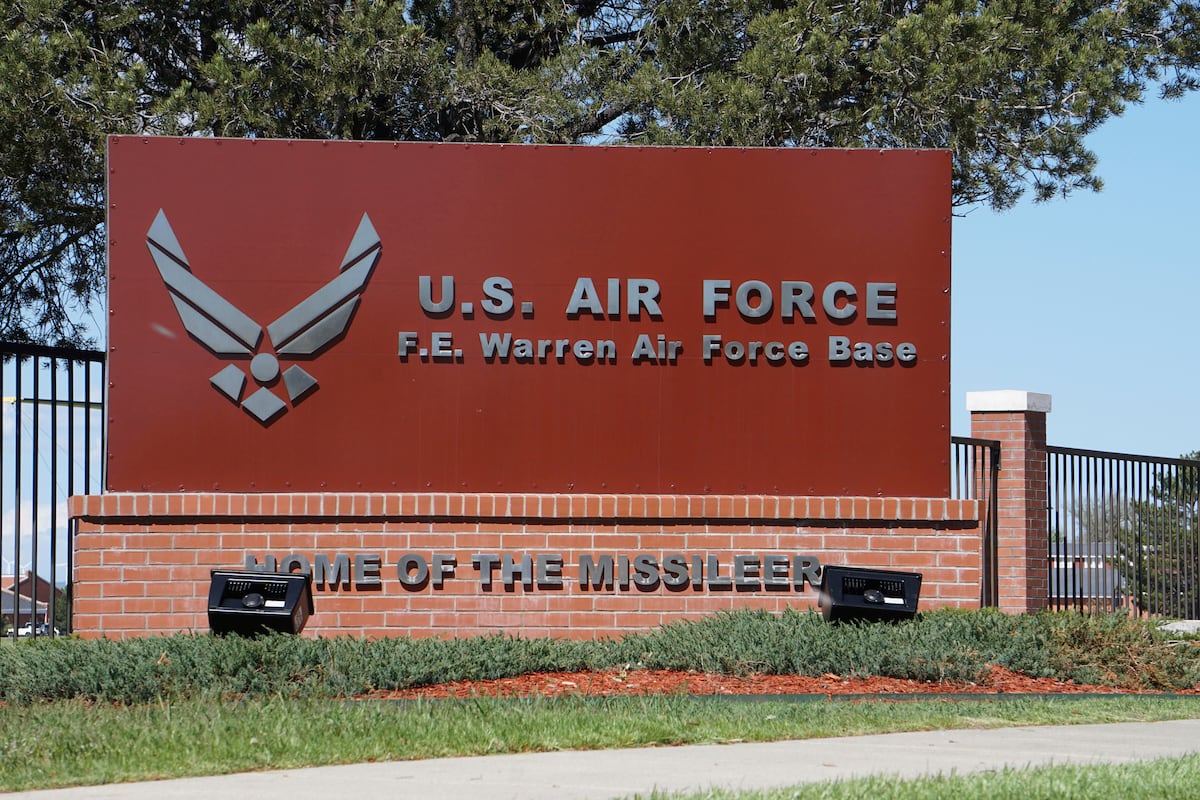India Advances Electronic Warfare Capabilities with New Swayam Raksha Kavach Suite
Overview of Developments
The Defence Research & Development Organisation (DRDO) of India is actively engaged in flight-testing the Swayam Raksha Kavach (SRK), an advanced airborne electronic warfare suite intended for integration into the Indian Air Force’s (IAF) upcoming fleet of Hindustan Aeronautics Limited (HAL) Tejas Mk 1A light combat aircraft (LCA). The strategic deployment of the SRK suite is anticipated by late 2026.
Enhancements to Existing Systems
In tandem with the SRK initiative, DRDO has also modernized its legacy D-29 electronic warfare suite, originally developed over a decade ago for the IAF’s Mikoyan-Gurevich MiG-29 fighter jets. This update signifies an ongoing commitment to enhance the electronic warfare capabilities of India’s aerial platforms.
Timeline and Technology Transfer
The development of the SRK suite commenced in 2021, with flight trials currently in progress utilizing the LCA Mk 1A. A DRDO representative confirmed these efforts during the recent Samanvay 2025 industry summit held in Bangalore on October 29-30. This summit facilitated the transfer of several technologies to industrial partners, including enhancements related to the D-29 suite and intellectual property managed by the Combat Aircraft Systems Development and Integration Centre (CASDIC) to Bharat Electronics Limited (BEL).
Capabilities of the SRK Suite
The SRK system represents a significant advancement over the D-29 suite, incorporating the following features:
- Radar Warning Receiver (RWR): This component is integrated into the aircraft’s fuselage, enhancing situational awareness and threat detection.
- Jammer Pod: Mounted on a hardpoint, this feature aims to disrupt and neutralize enemy radar and communication systems.
According to DRDO officials, they project that flight trials for the SRK will conclude by mid-2026, paving the way for operational deployment on the Mk 1A platform by the end of that year.
Conclusion
The orchestration of advanced electronic warfare systems such as the Swayam Raksha Kavach marks a pivotal step in bolstering India’s aerial combat capabilities. As DRDO continues to refine these technologies, their integration into platforms like the Tejas Mk 1A underscores a broader strategy aimed at enhancing national defense readiness in a rapidly evolving geopolitical landscape.





